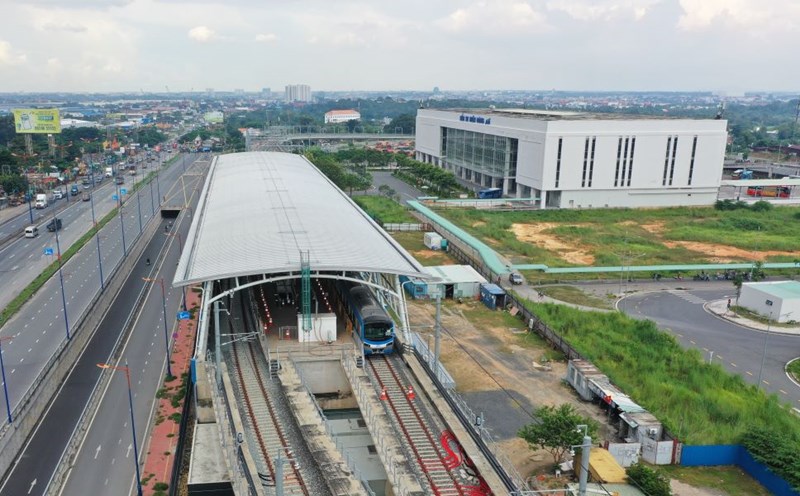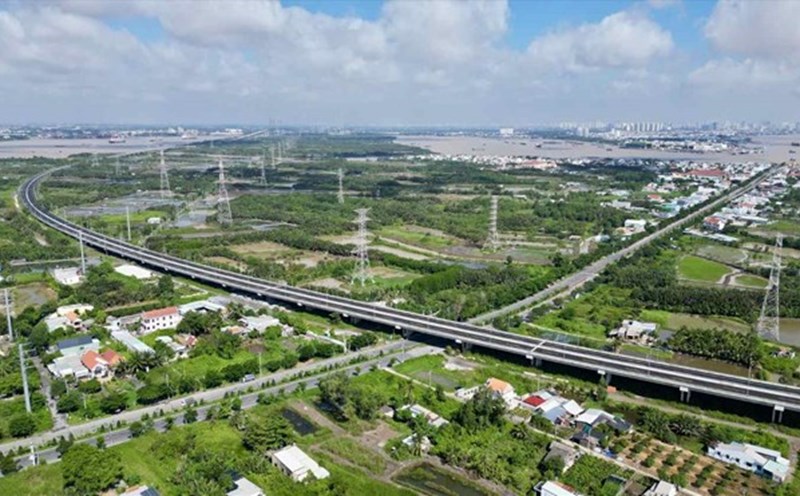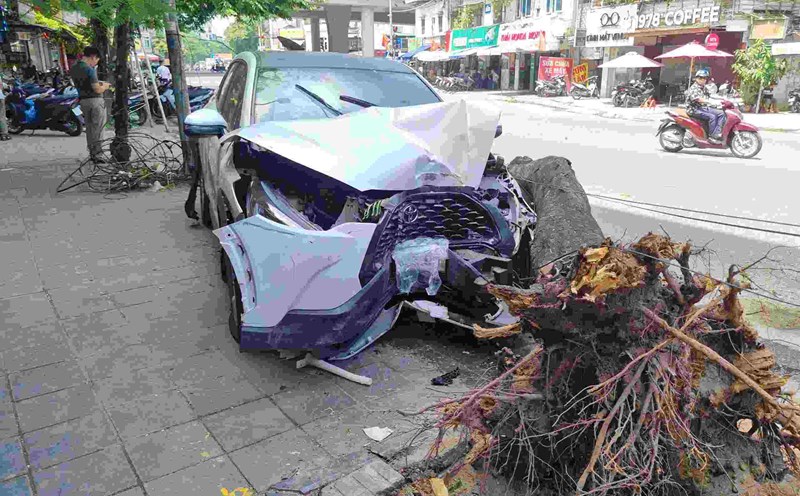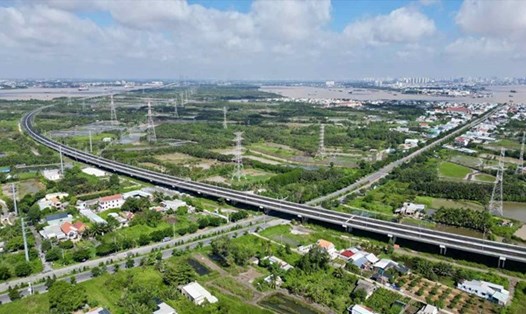The above proposal comes from enCity International Consulting Company - the unit participating in planning for Ho Chi Minh City.
According to the proposed plan, the section connecting Can Gio to Vung Tau needs a complex sea-crossing project, which could be a combination of a bridge and an underpass to ensure both traffic and no impact on existing shipping lanes.
The special thing is that this infrastructure will integrate both rail and road, allowing the operation of multiple vehicles on the same project, thereby optimizing investment costs and improving exploitation efficiency.
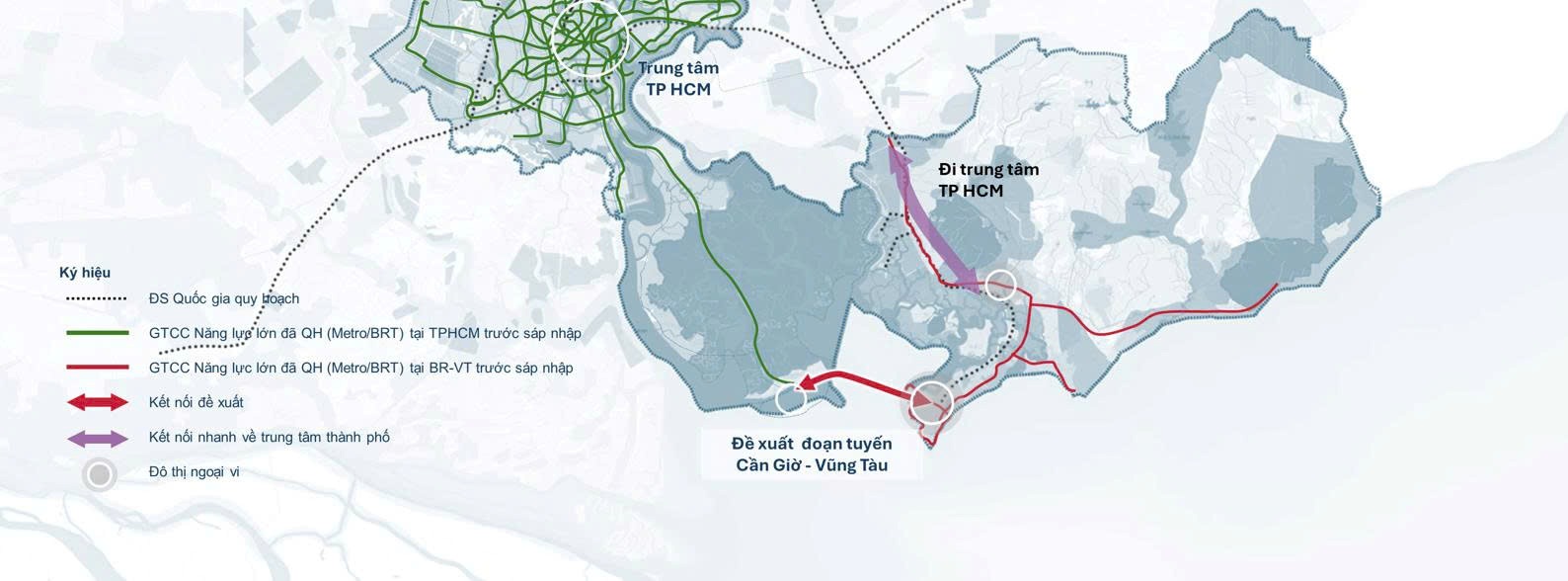
Currently, the connection between Ho Chi Minh City and Ba Ria - Vung Tau (old) mainly relies on waterways or long-distance routes.
On the road, the car journey usually takes 2 - 3 hours through National Highway 1, National Highway 51 or the Ho Chi Minh City - Long Thanh - Dau Giay Expressway. For motorbikes, people have to go around Bien Hoa, Long Thanh or take Cat Lai ferry to Nhon Trach.
Regarding waterways, the Can Gio - Vung Tau sea ferry route has been put into operation since 2021, currently serving about 8,400 passengers/day with 24 trips/day.
However, it is forecasted that travel demand between these two regions will increase sharply, possibly reaching nearly 100,000 visitors/day by 2035, especially when coastal super projects are simultaneously put into operation.
These are Can Gio coastal urban area (2,570 ha, expected population of 228,000 people), Can Gio international transit port (571 ha, creating 6,000 - 8,000 jobs) and the urban area - Vung Tau port with Cai Mep - Thi Vai port is forecast to reach an output of 52.3 million TEUs by 2050.
According to the new plans, Ho Chi Minh City has 12 urban railway lines with a total length of 510 km.
Of which, the high-speed metro line from the center of Ho Chi Minh City to Can Gio is being studied and invested by Vingroup Corporation with a total estimated investment of more than 4 billion USD.
The route is about 48.7 km long, starting from Nguyen Van Linh Street (old District 7) and ending at the 39-hectare land adjacent to Can Gio coastal urban tourism area.
The metro line is designed entirely on elevated ground, with standard double track gauge of 1,435 mm, maximum operating speed of up to 250 km/h.
When completed, the travel time from Phu My Hung to Can Gio will only be about 16 minutes, with the capacity to transport 30,000 - 40,000 passengers per hour, in each direction. The project is expected to start construction in 2026.
According to the new orientation, Ho Chi Minh City is urgently reviewing the planning of the urban railway network according to a new model, with a new vision in line with the context after merging administrative boundaries with the old Binh Duong and Ba Ria - Vung Tau provinces. This is the basis for considering the overall adjustment of planning, including underground space planning.
Mr. Nguyen Dinh Nen - senior expert on traffic planning at enCity - said that in the context of Ho Chi Minh City merging administrative boundaries with the old Binh Duong and Ba Ria - Vung Tau, the development of infrastructure connecting the southern coastal area is especially important.
"Connecting from the center of Ho Chi Minh City through Can Gio to Vung Tau not only expands the development space towards the sea but also contributes to the formation of a chain of urban - port - logistics - services - tourism, capable of regional and international competition" - Mr. Nen said.
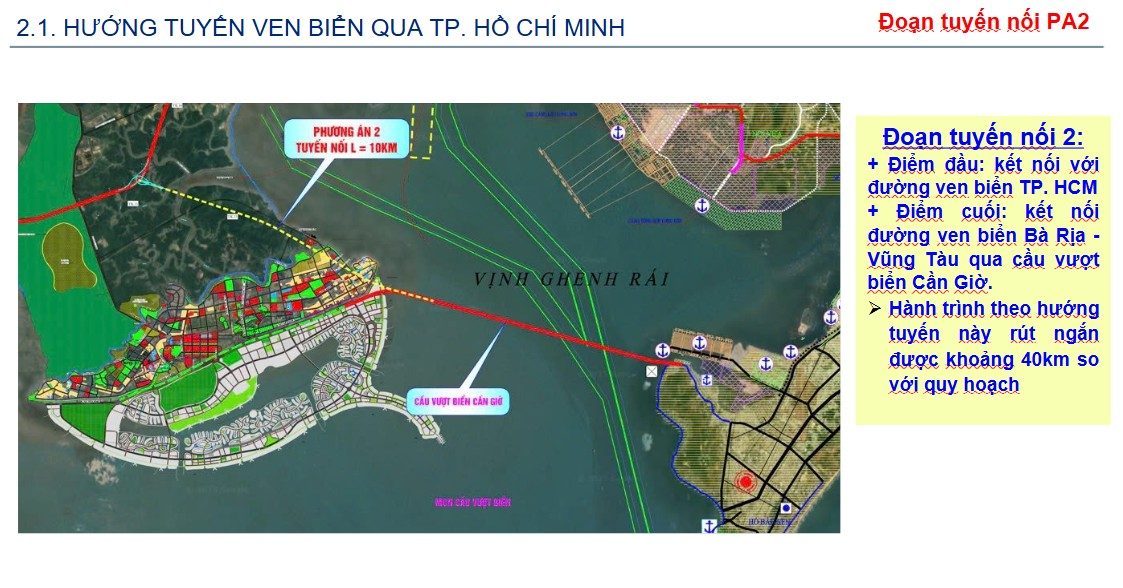
In addition to the railway, Ho Chi Minh City has planned a coastal route of about 56 km long, stretching from Go Cong Dong (old Tien Giang) through Can Gio to Dong Nai and Ba Ria - Vung Tau (old). Of which, the section passing through Ho Chi Minh City is 45.5 km long, the section passing through Dong Nai is 10.5 km long.
There are three investment options proposed, notably the plan to build the main route and connecting branches across the Can Gio sea overpass to the old Ba Ria - Vung Tau province.
This option can shorten the journey from Ho Chi Minh City to Vung Tau by about 40 km compared to the original plan, however, the total estimated investment is quite large, about 62,000 billion VND.

